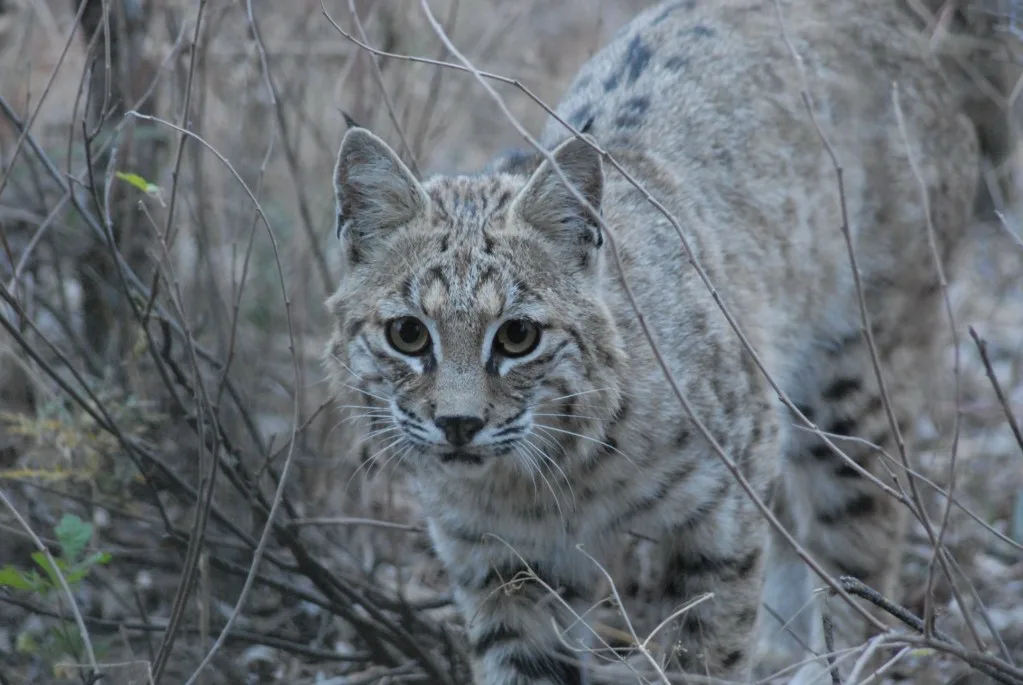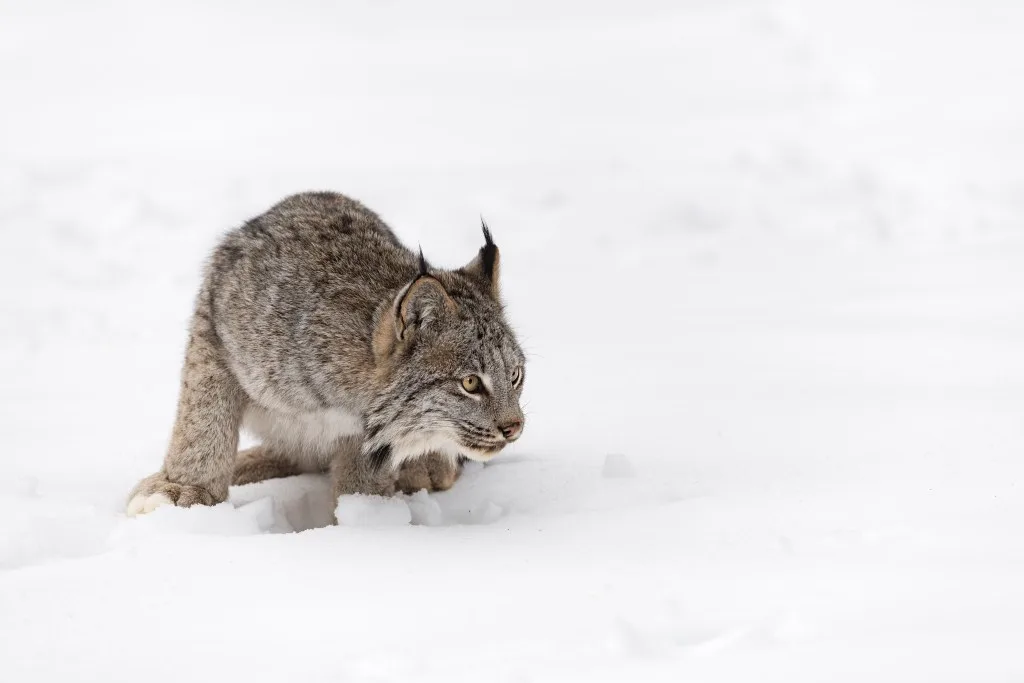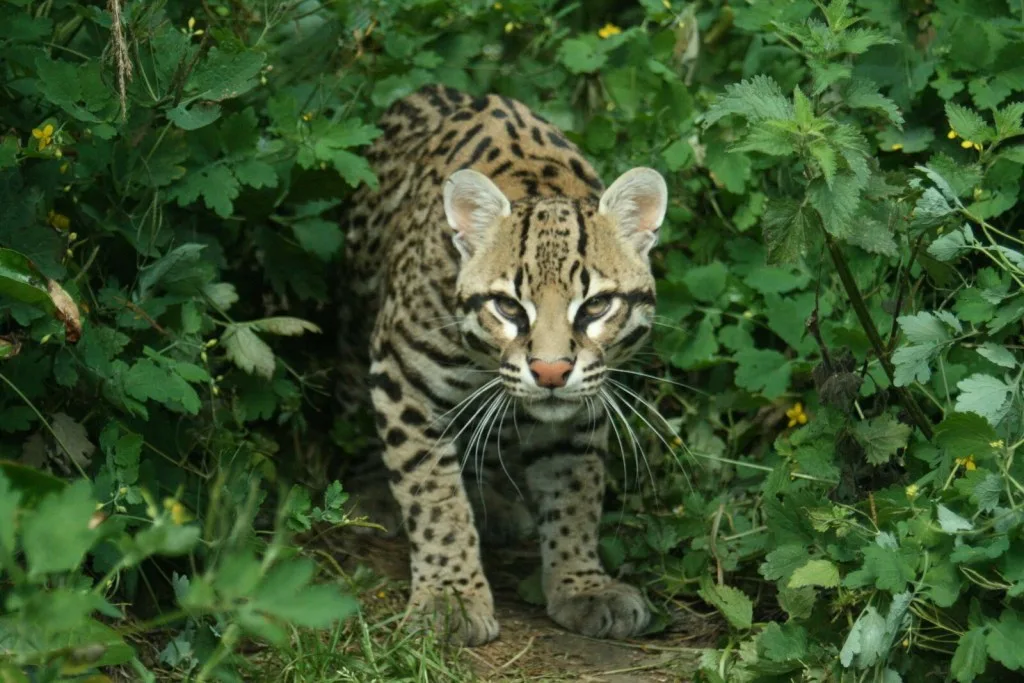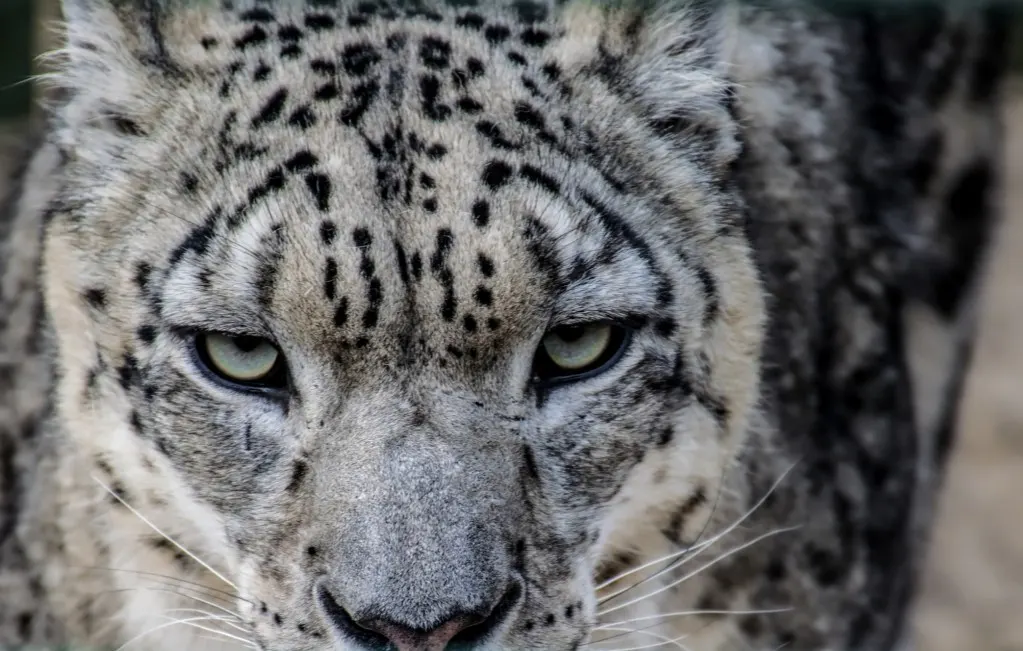North American Big Cats You May See When You’re Camping
Most North American big cats aren’t seen often, but an encounter can be dangerous. While house cats can be cute and cuddly, their larger wild cousins can be cause for concern.
Because of this, it’s a good idea to know exactly what they are and how to deal with them.
Let’s dive in.

What Do You Mean By North American Big Cats?
When you think of a big cat, maybe it’s the king of the jungle that springs to mind. Maybe you envision a tiger or something with spots, like a leopard or a cheetah. These quick and powerful creatures don’t roam the wild areas of North America, but other feral felines do.
There are actually 23 different countries that make up our continent, but this article has a narrower focus.
We’ll take a closer look at the big cats that inhabit remote parts of the United States, Canada, and Mexico.
North American Big Cats You May Encounter in the Wild
Bobcats
About Bobcats: They get their name for their short “bobbed” tail. They also have large ears with black tufts and soft brown or reddish-brown fur with black spots. Bobcats are about twice the size of a domestic cat.
They can weigh up to 30 pounds, stand up to 21 inches high, and are up to 50 inches long.

Where They Are Found: Bobcats are abundant and wide-ranging. Consequently, they’ve been found in most of the U.S. except for the Midwest.
They’ve adapted to many different types of habitat, including forests, deserts, mountains, swamps, and even farms.
Tips for a Safe Encounter: These North American big cats are not aggressive animals, but they could be rabid, so it’s best to avoid them.
Keep your distance. If a bobcat approaches you, back away slowly but deliberately. Don’t run because this might prompt the bobcat to chase you.

Canadian Lynx
About Canadian Lynx: Similar in appearance and size to a bobcat, a Canadian lynx has large ears with more prominent black tufts.
Also called a Canada lynx, these cool cats have oversized paws that look like snowshoes.
Their fur is grayish and grizzled, and the short tail has a black tip.

Where They Are Found: It would be unlikely to mistake this North American big cat for a bobcat because they live in different areas.
These lynxes are mostly in Alaska and Canada. A tiny percentage of them have been found in northern states such as Washington, Idaho, Wyoming, Montana, and Michigan.
Tips for a Safe Encounter: Like with a bobcat, you should back away – but not too quickly. Also, it’s a good idea not to crouch. Instead, you should stand up straight, so you look as big as possible.

Ocelot
About Ocelots: These sleek North American big cats with long tails have distinctive markings that include spots and streaks.
They’re distantly related to leopards and tigers and have similar orange, tan, and white colors. Their name comes from an Aztec word that means “field tiger.” While larger than house cats, they are not huge – about knee-high to a full-sized human.
Where They Are Found: There are ocelots in parts of South Texas and Arizona, but not many. They’re an endangered species and may be no more than a few dozen in the U.S. Their numbers are small because they were once widely hunted for their pelts.
They are much more prevalent, however, in Mexico as well as Central America and South America.
Tips for a Safe Encounter: Sightings are extremely rare but practice the same safety measures as for other wild cats.
Pro Tip: Ocelots are a federally protected species. Please report sightings to the U.S. Fish and Wildlife Service.

Mountain Lion or Puma
About Mountain Lions: These North American big cats go by lots of names. Mountain lion and puma are two of the most common.
Some people call them cougars or panthers, and catamount is another term. They have tan coats, a lighter belly and chest, and black markings on their tail, ears, and snout.
They can weigh 150 pounds, and the jaguar is the only wild cat in North America that’s larger.
Where They Are Found: Mountain lions used to roam freely all over the continent. In the U.S. these days, they are confined mostly to the western states.
They generally avoid populated areas, but that isn’t always the case. Of the cats on our list, these are the big ones that should be the most worrisome. Attacks on humans are rare, but they do happen, sometimes in areas that are popular with hikers and cyclists. Mountain lions are listed as endangered species in some places. A rarer subspecies found only in Florida is critically endangered.
Tips for a Safe Encounter: Do not take a mountain lion sighting casually. You want to ward off a potential attack by any means necessary. Be aggressive, make noise, throw water, throw water, whatever it takes. Also, it’s a good idea to maintain eye contact.
Pro Tip: Your pets rely on you to keep them safe too. Find out how.

Jaguar
About Jaguars: Jaguars are not only the biggest cats in North America; they are the third-largest in the world. These compact and muscular cats are up to six feet long and can weigh over 200 pounds.
Most jaguars have orange, yellow, and tan coats with distinctive markings called rosettes. There are different color variations, though, including brown and black.
Where They Are Found: Sadly, these North American big cats are hardly found anywhere in the U.S. these days.
There have been sightings in Arizona and New Mexico in recent years, and more in the Sonora area of Mexico. Most, if not all, of the recent sightings, have been males.

Tips for a Safe Encounter: Seeing a jaguar in the wild would most certainly be amazing, but don’t let down your guard.
Follow the same practices you would if you saw a mountain lion. One other piece of advice for big cat encounters is not to block them.
They might be frightened or startled, too, so make sure you leave room for them to escape the situation. Also, resist the urge to take a photo – it’s just too dangerous.

North American Big Cats
You might never see one of these North American big cats in the wild. However, the possibility increases when camping and hiking.
Know ahead of time if they’re in the area, stay alert, and learn how to react if you encounter one.
They’re mesmerizing creatures, but the last thing you want to do is to get caught staring.
Discover the Best Free Camping Across the USA
To be honest with you, we hate paying for camping. There are so many free campsites in America (with complete privacy).
You should give it a try!
As a matter of fact, these free campsites are yours. Every time you pay federal taxes, you’re contributing to these lands.
Become a FREE CAMPING INSIDER and join the 100,000 campers who love to score the best site!
We’ll send you the 50 Best Free Campsites in the USA (one per state). Access the list by submitting your email below:
We have a lot of Bobcats where we live(d) in north of Houston. They stay to themselves and don’t bother anyone. I rather have a Bobcat in my yard than a coyote or wild pig, which we have a lot of too.